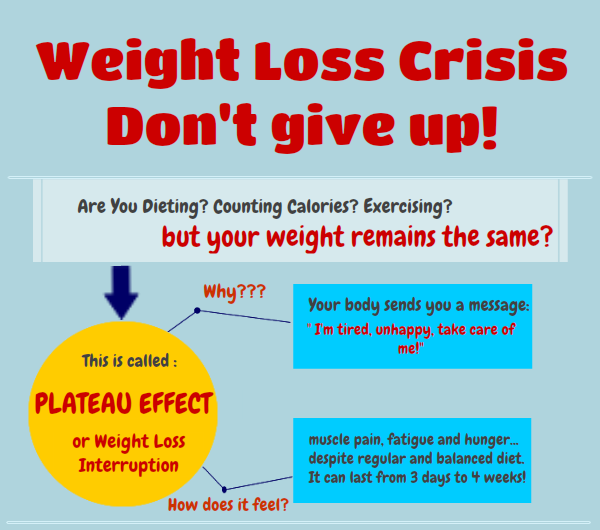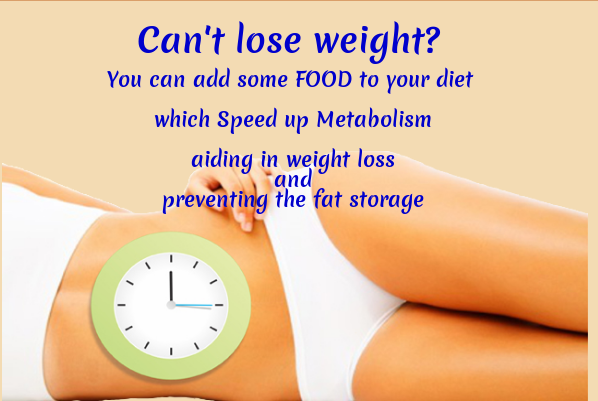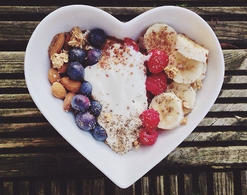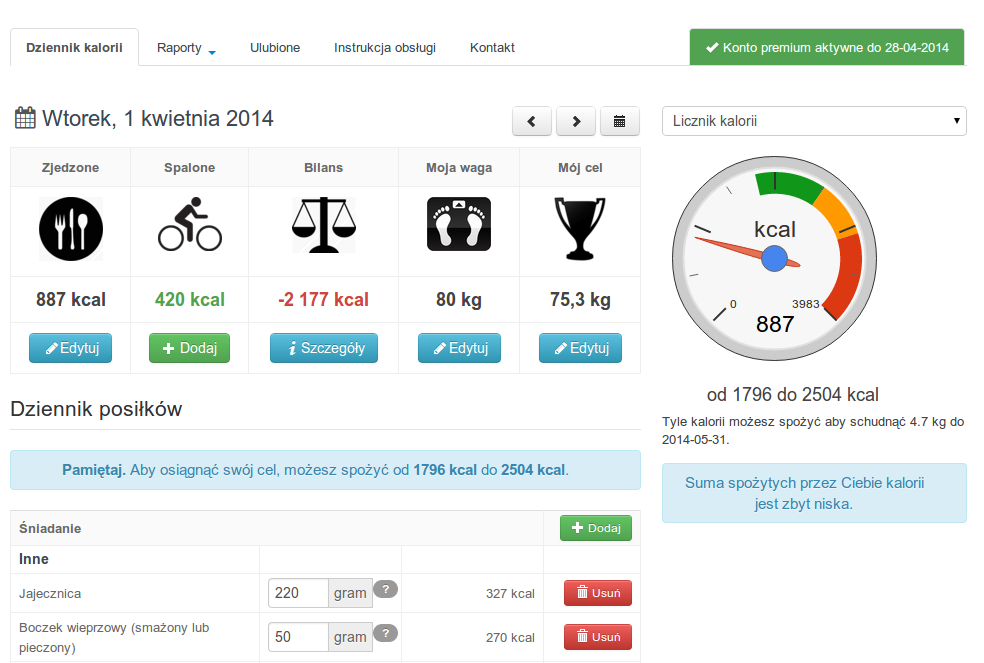The Glycemic Index tells the difference between Bad Sugar and a Good Sugar
Carbohydrates are one of the best sources of energy for our body. The simplest sugar is a glucose, which is:
- the universal fuel for most of the organs and tissues in the body
- the only source of fuel for the brain and red blood cells
- the main source of energy for our muscles during intense exercise.
However, products containing easily digestible sugar, reach the bloodstream in short time and raise the level of glucose rapidly.
Here comes the Glycemic Index, the best dietary tool that allows you to differentiate between good and bad carbs.

Carbohydrates with low glycemic index (55 and below) cause a controlled increase in blood glucose levels, providing the body with energy for longer. Where are those carbohydrates? In most vegetables, fruits, legumes and whole grain products. These products also are rich in carbohydrates, but complex carbohydrates are being absorbed slowly into the bloodstream during digestion.
Carbohydrates with high glycemic index (70 and above) cause a rapid increase in blood glucose levels, which results in the release of large amounts of insulin, the hormone responsible for the absorption of glucose from the bloodstream into the cells. Following, rapid decrease in blood glucose causes hunger. This group includes highly processed food products that contain fast absorbing sugar for example white bread, white pasta and rice, cakes, ice cream, chocolate bars, candy, popcorn, beer, sugary sodas.
More about eating right: What kind of fat will keep you fit and healthy
Podobał Ci się ten artykuł?
Polub go.
 Can metabolism increase be your secret weapon?
Can metabolism increase be your secret weapon?
 Dieting, exercising, but scale is not moving
Dieting, exercising, but scale is not moving
 How to increase Your Metabolism - perfect food for Fat Loss
How to increase Your Metabolism - perfect food for Fat Loss
 Chocolate avocado mousse
Chocolate avocado mousse
 What kind of fat will keep you fit and healthy
What kind of fat will keep you fit and healthy
.jpg) Metabolic Rate and its secrets
Metabolic Rate and its secrets
 Healthy snacks. Does it always have to be carrot for dougnut?
Healthy snacks. Does it always have to be carrot for dougnut?
 Flat Belly little Helpers
Flat Belly little Helpers
.jpg) Calorie Calculator
Calorie Calculator
 Scrambled eggs wit tomato and feta cheese
Scrambled eggs wit tomato and feta cheese
 Shrimp, spinach and tomatoes pasta
Shrimp, spinach and tomatoes pasta
 The Glycemic Index tells the difference between Bad Sugar and a Good Sugar
The Glycemic Index tells the difference between Bad Sugar and a Good Sugar


 Why fiber is so important in Your diet?
Why fiber is so important in Your diet? 